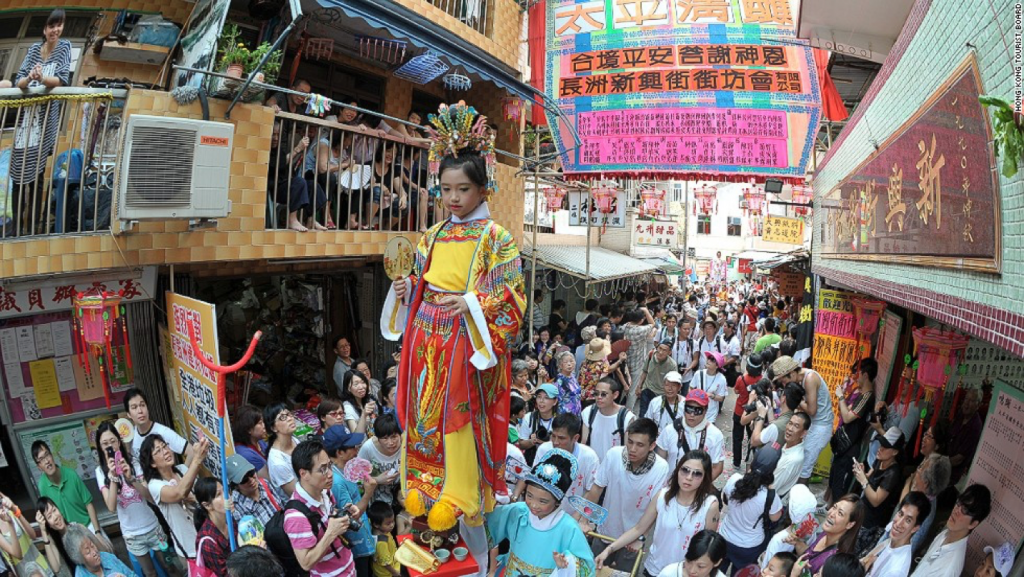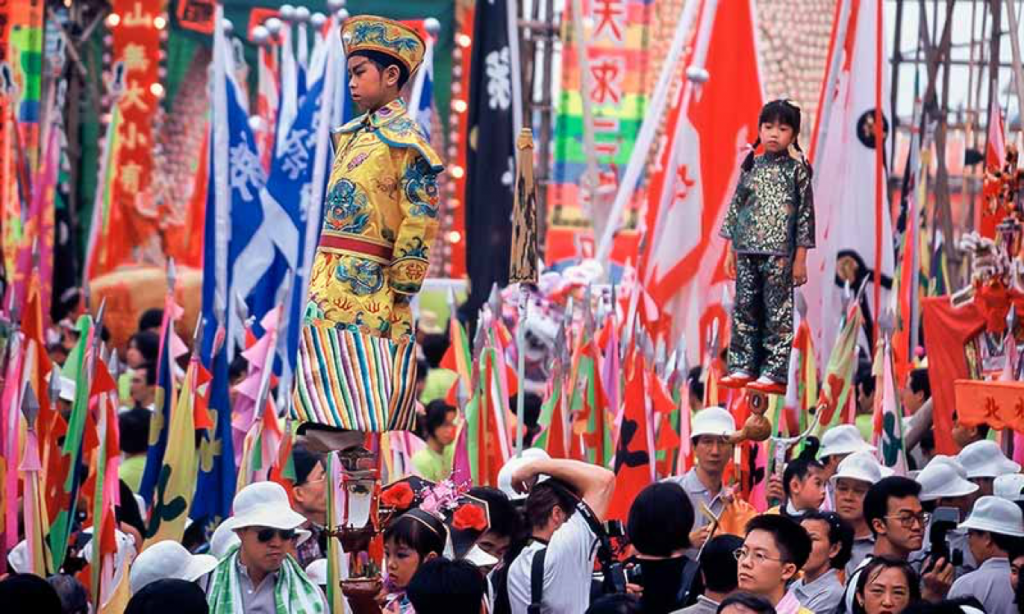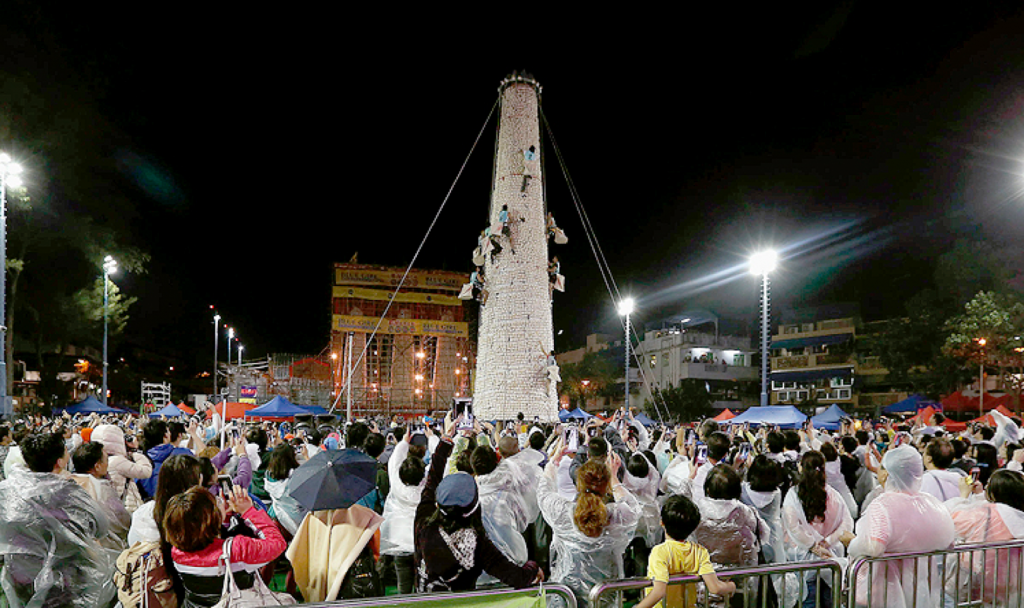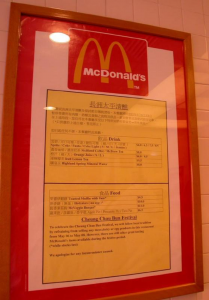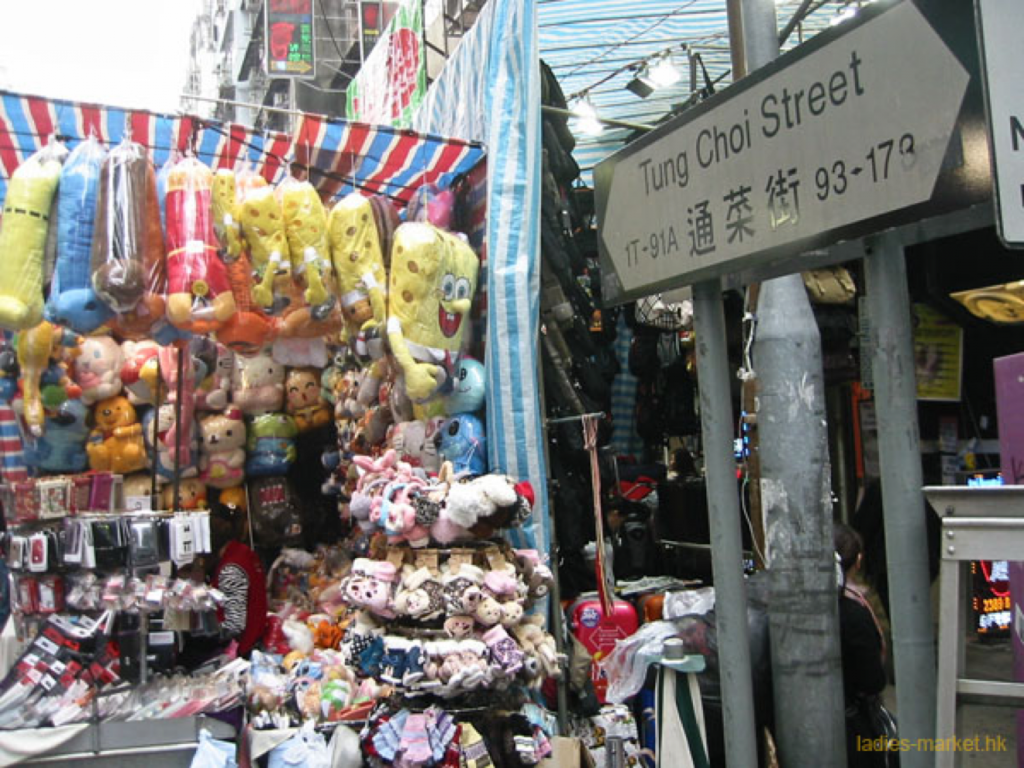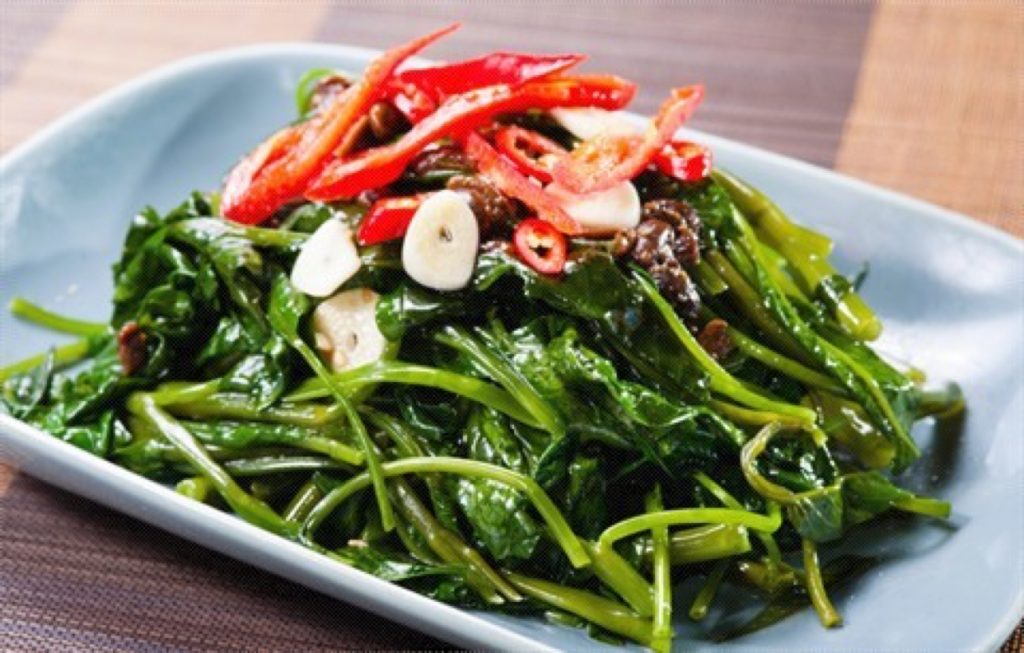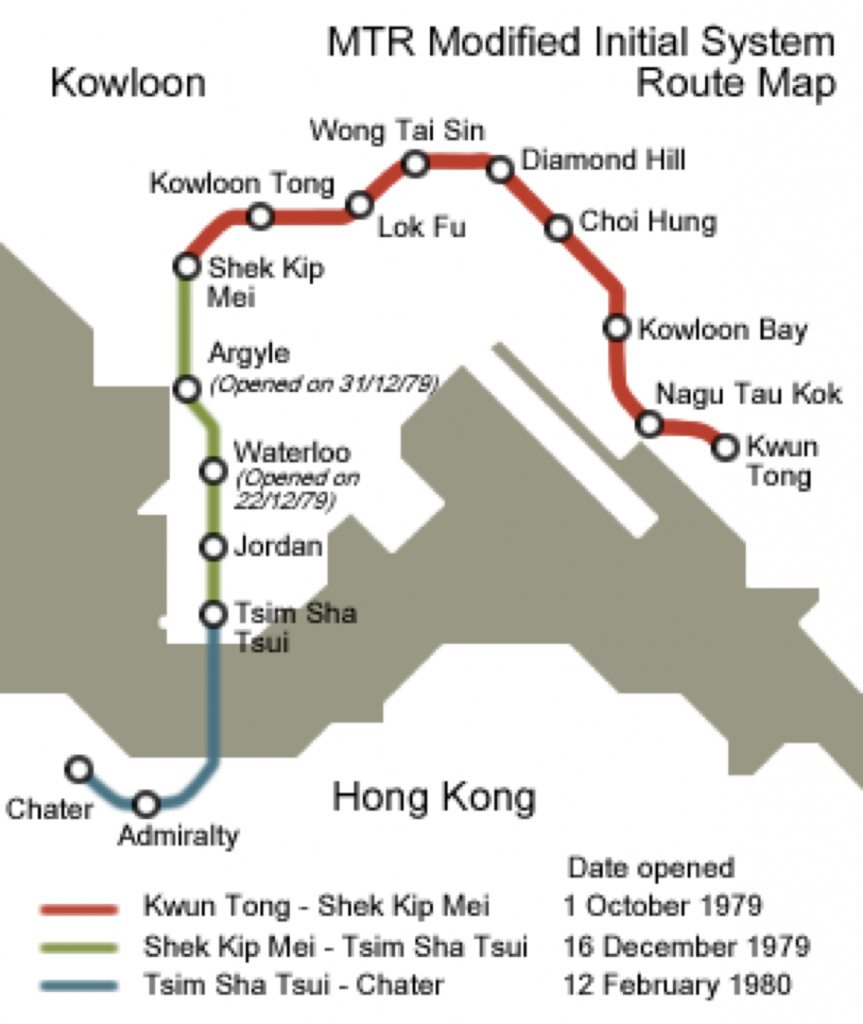A few things about HK that you probably didn’t know
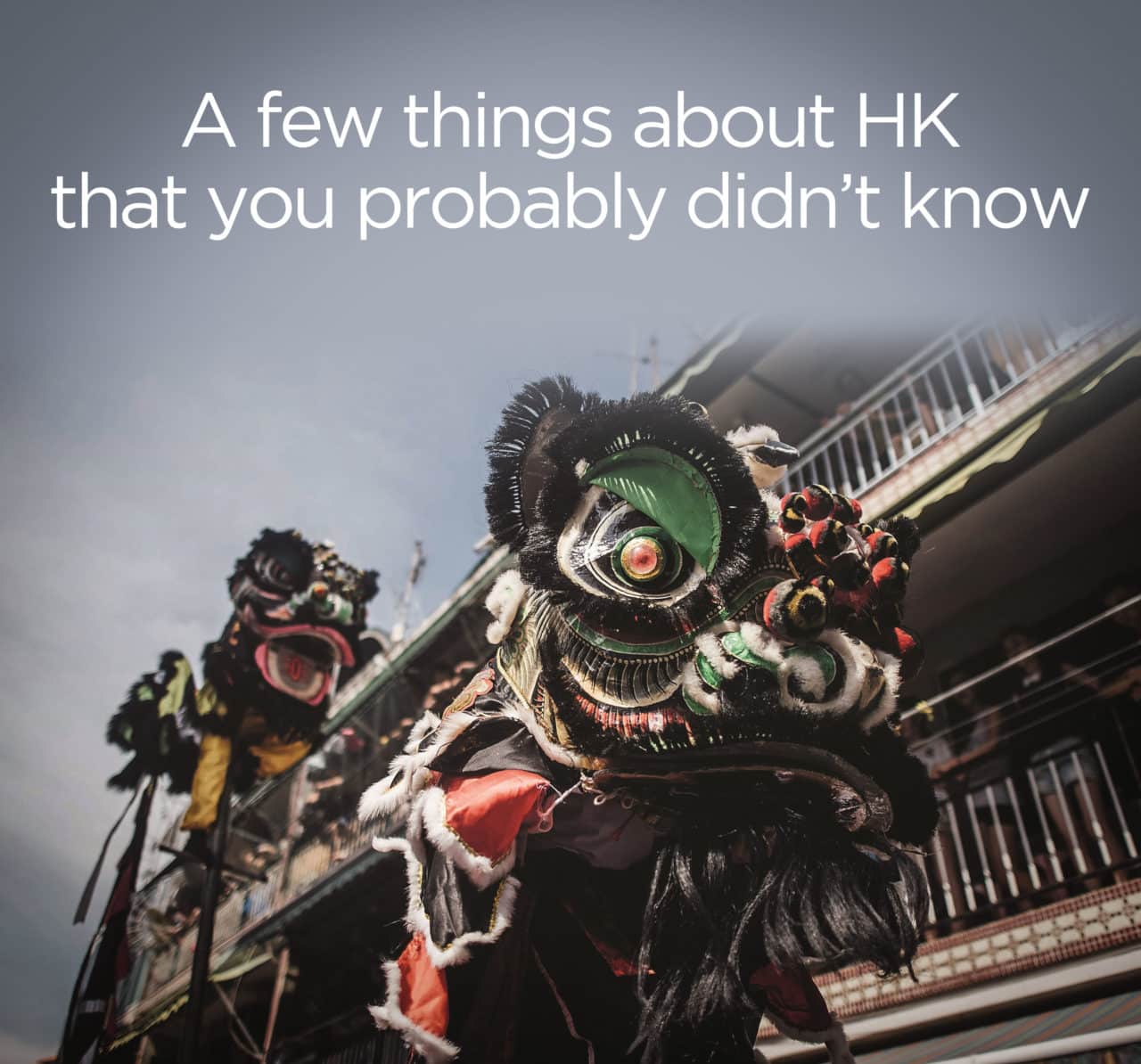
HK is a really weird place. If you’re not a local and you haven’t figured that out by now, then you’ve probs been living under a rock.
In addition to all the weird things you see here, like the old fat uncle belching really loudly after an awesome meal, the old auntie clipping her toenails on the MTR, or the “Dai Lo” (big brother) on the street addressing the young fat boy as “Fei Jai” (literally meaning fat boy), you may have also noticed a couple of odd things – what’s the story behind Rednaxela Terrace? What’s the Cheung Chau Bun Festival all about? We hope to clarify a couple of these things…
Rednaxela Terrace
Ever taken the Mid-Levels escalator all the way up and noticed a small pedestrian only street called “Rednaxela Terrace” between Caine Road and Mosque Street? Rednaxela is Alexander backwards (Mr Alexander owned the surrounding property), and it is believed the gentleman writing the sign wrote it backwards, which was how Chinese used to be written. The Chinese name was then derived from the English name and both stuck. In Cantonese the pronunciation is “lit naa si dei” (列拿士地). According to Hong Kong Government Records from 1884, “Alexander Terrace” is listed as one of the streets on Hong Kong Island, but it doesn’t exist by 1898, though “Rednaxela Terrace” is present at that time. In the early 1890s, the Filipino National Hero Jose Rizal lived on Rednaxela Terrace for a short time (according to his business card below it looks like it had already been changed to Rednaxela!)
The other possible explanation is that there was the potential for confusion as there was an existing “Alexandra Terrace,” and so a reversal of Alexander was chosen.
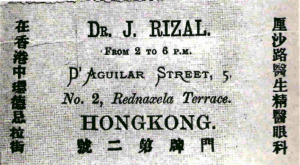
Dr Rizal’s business card from the 1890s. Apparently his office was in LKF?! Photo courtesy of Wikipedia
Cheung Chau Bun Festival
Heard of this one? To celebrate the God Pak Tai, who helped the Islanders during a severe outbreak of the Bubonic Plague in the late 1800s, which began to disappear after the Islanders performed a number of Taoist rituals for him, the locals organise a week-long Thanksgiving on the 8th day of the 4th lunar month, which also happens to be Buddha’s Birthday.
In the years gone by there was a race between a number of local men who would try to climb a tower full of buns. The things Hong Kongers will do for food!
However, in 1978, one of the towers collapsed, and 100 people were injured. Buns everywhere! The Government put a stop to it and people were forbidden to play with their food. In 2005, the race was revived with additional safety measures. For three days out of the week-long Thanksgiving, the island goes vegetarian, including the McDonald’s, which sells bean and mushroom burgers instead of meat. Not only is there a bun tower climbing competition, but the children of the island also take part in a Piu Sik or floating colours parade, where they often re-enact important events of the previous year, in addition to dressing up as celebrities or Gods. Note that this is a Taoist, not Buddhist festival, but for convenience, it’s celebrated on Buddha’s Birthday.
Mong Kok
Anyone with a basic grasp of Cantonese, which should be *ahem* all of you, will know that Mong Kok (aka fishball district), is known as Wong Kok in Canto. The popular version is that the local gentleman, who was allegedly illiterate, accidentally inverted the ‘W’ when he was writing the sign for Mong Kok, causing the English name of the district to be Mong Kok. Actually, the Chinese name was adapted into Wong Kok, as Wong can be translated as “busy” or “hectic”, but in a positive way, and the English name remained Mong Kok.
Fact #2 about Mong Kok: Tung Choi Street, aka Ladies Market, was actually farmland, hence the street being named after a type of spinach (Tung Choi). You won’t find any farmland in the area these days, but go for a walk along Boundary Street in Mong Kok, which was Hong Kong’s border from 1860-1898.
Fact #3: When the MTR opened in 1979, the station was known as Argyle, but it became Mong Kok in 1985.
Nikhil Gidwani was raised locally and is a proud Hong Konger. After a few years of living and working overseas, he has recently returned to the Asia’s World City. When he’s not working, Nikhil spends much of his time hiking and visiting different parts of Hong Kong in order to find new material for his Instagram page. .










